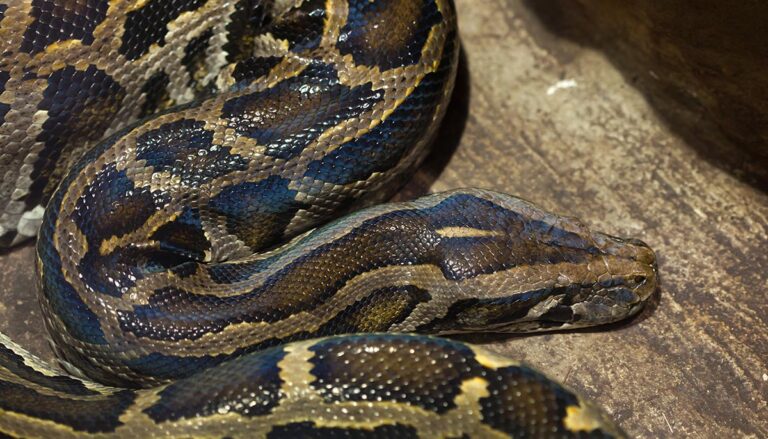Every year the numbers seem to keep growing, and in recent years the number of Burmese pythons has exploded in Florida, not only in number, but they are expanding their range. Unfortunately, they’re not easy to find.
The population of pythons in Florida continues to grow at an alarming rate
From 1979 the number of pythons removed from southern Florida has gone from a single snake to nearly 3000 in 2020.
It demonstrates just how quickly this invasive species of snake, which can grow to over 18 feet in length, can populate and pose a significant threat to local ecosystems, and researchers are blaming the pythons for an 85-100 percent drop in mammal sightings within Everglades National Park, The Daily Beast reported.
Burmese pythons are not native to the US, they were first introduced as exotic pets in the 1970s.
However, after the snakes spread into the wild, according to a comprehensive study by the U.S. Geological Survey, researchers believe the Burmese python population may now number in the tens of thousands.
Pythons adapting to tolerate cooler temperatures and consume larger prey
Wildlife officials also believe that the pythons are adapting to cooler temperatures as they expand their range.
In 2010, a freeze killed off many of the wild pythons. However, researchers have found evidence of what they say is rapid evolution in Everglades Burmese python genes associated with cold tolerance. They believe the snakes have found a way of quickly adapting to cooler temperatures, which may allow them to expand their range northward.
“Overall, potential range limits of Burmese pythons are uncertain,” the study noted.
Researchers have also noted that the snakes have made adaptations to the prey they feed on. While their diet consists mostly of birds and smaller mammals, Burmese pythons have also been known to eat bobcats and wild pigs, as well as even larger prey such as deer and alligators.
Another study shows how Burmese python population has grown exponentially
Another way of measuring the change in the Burmese python population and southern Florida is to look at the number of pythons captured in the region, the Weather Channel reported.
According to one study on the removal of Burmese pythons across southern Florida, the first Burmese python removed was a single snake in 1979, according to data reported to and managed by Florida Fish and Wildlife Conservation Commission.
The number remained at zero until the years 1995-1998, when two snakes were found each year. In 1999-2000, there were three pythons annually. The following year, it was nine.
But in 2002, the numbers started growing substantially, with 28 pythons found that year and 50 the next. By 2004, the number was 84, then 91 in 2005, and 125 in 2006.
However, by 2008, the number was 281 and reached 291 the following year. By 2013, the Pythons numbered nearly 400, and nearly 500 just three years later.
Python numbers exploded in 2017, reaching 1310. It climbed to 1866 the following year. In 2020, he reached a peak of 2940, then declined to 2852 in 2021, the latest year there is data.





